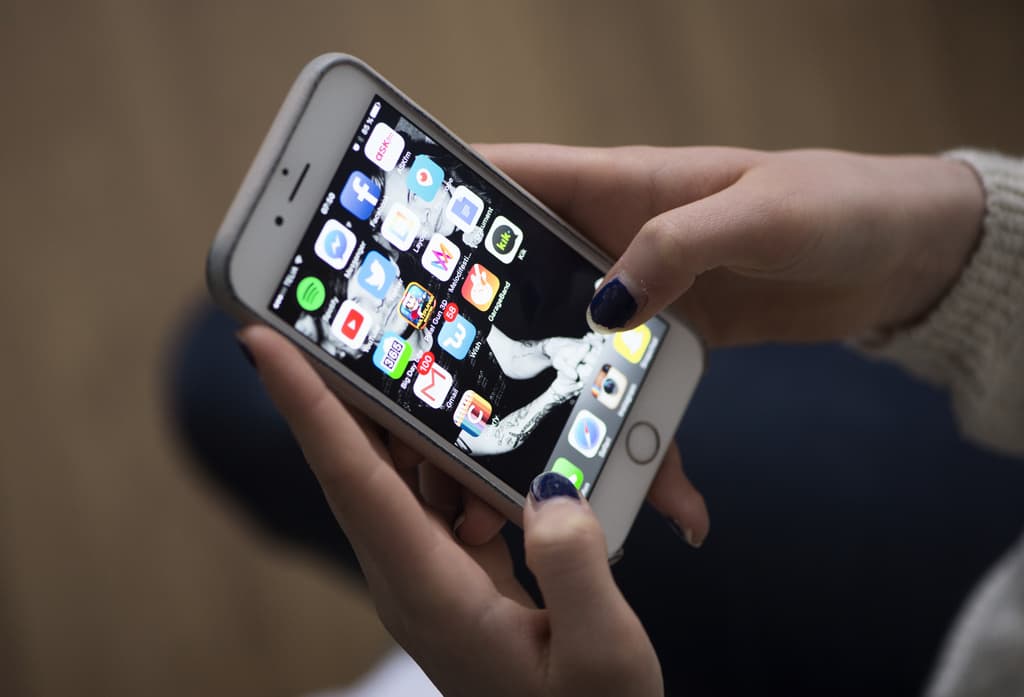Several experts have criticized the Public Health Agency's new guidelines on screen time and claimed that they lack research support.
Helena Frielingsdorf, a doctor and investigator at the Public Health Agency, responds to the criticism.
We welcome the discussion, but we feel completely confident that the research compilation holds a high scientific level and that no important perspectives have been overlooked, she says.
Causal relationships
One criticism has been that there are no causal relationships between various health problems and screen use. That's not true, according to Helena Frielingsdorf.
There are causal relationships. Not for all health outcomes, but specifically when it comes to sleep and negative body image, there is very strong support for causal relationships. First came the screen, then came the sleep problems, she says.
The connection is clear over time and is shown in reviews with hundreds of studies, according to Frielingsdorf.
And this about body image applies when using social media.
The strict time limits have also been criticized. Helena Frielingsdorf emphasizes that research cannot say exactly when screen time becomes negative for health. In some studies, harmful effects are found already after half an hour of use, in others only after 3.5 hours of use per day.
It also depends on individual factors, such as how much one exercises, how one has it at home, and how one thrives in school.
What you do online, if you're exposed to something there, if you play alone or together with friends – many such things play a role, she says.
Not competing
Regardless, the conclusion is that the limit for most children and young people (except the very youngest) lies somewhere between one and three hours, depending on age.
The time specifications are based on both the extensive research support and that screen time should not compete out other things that we know are health-promoting. But it's not down to the minute, and that's why we have a range, and of course, you can make exceptions sometimes, says Helena Frielingsdorf.
She emphasizes that time is not the only thing that's important, but that the recommendations also deal with how to avoid harmful content and that parents should have a good and open dialogue with their children.





